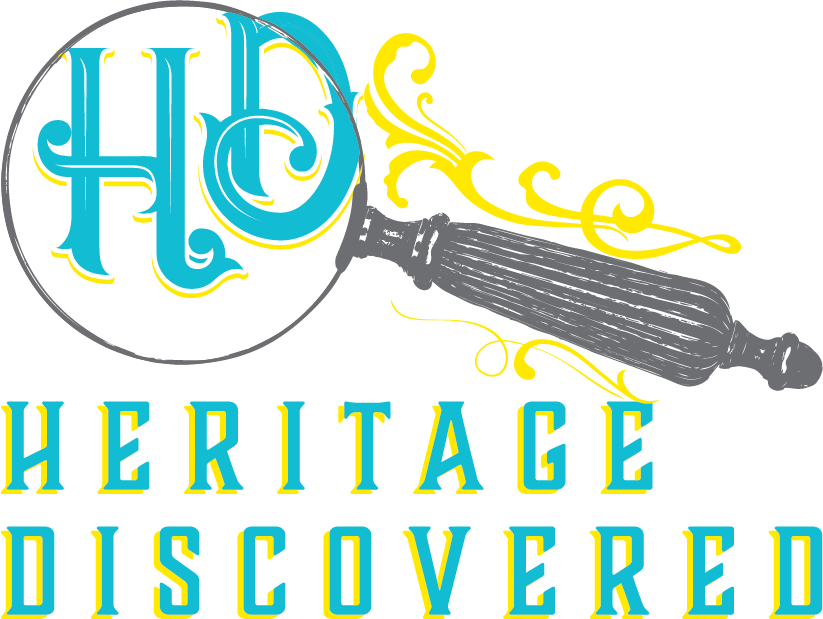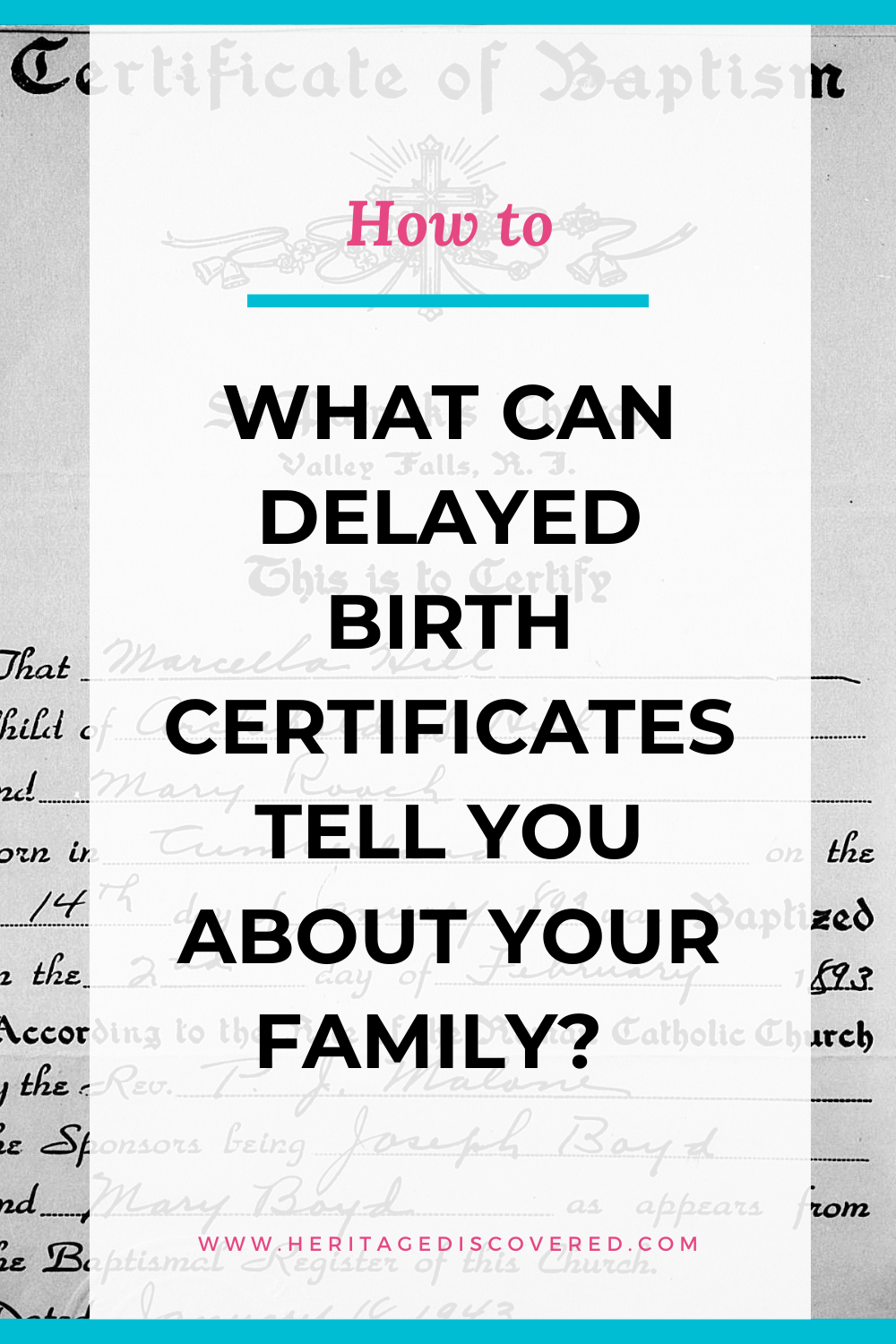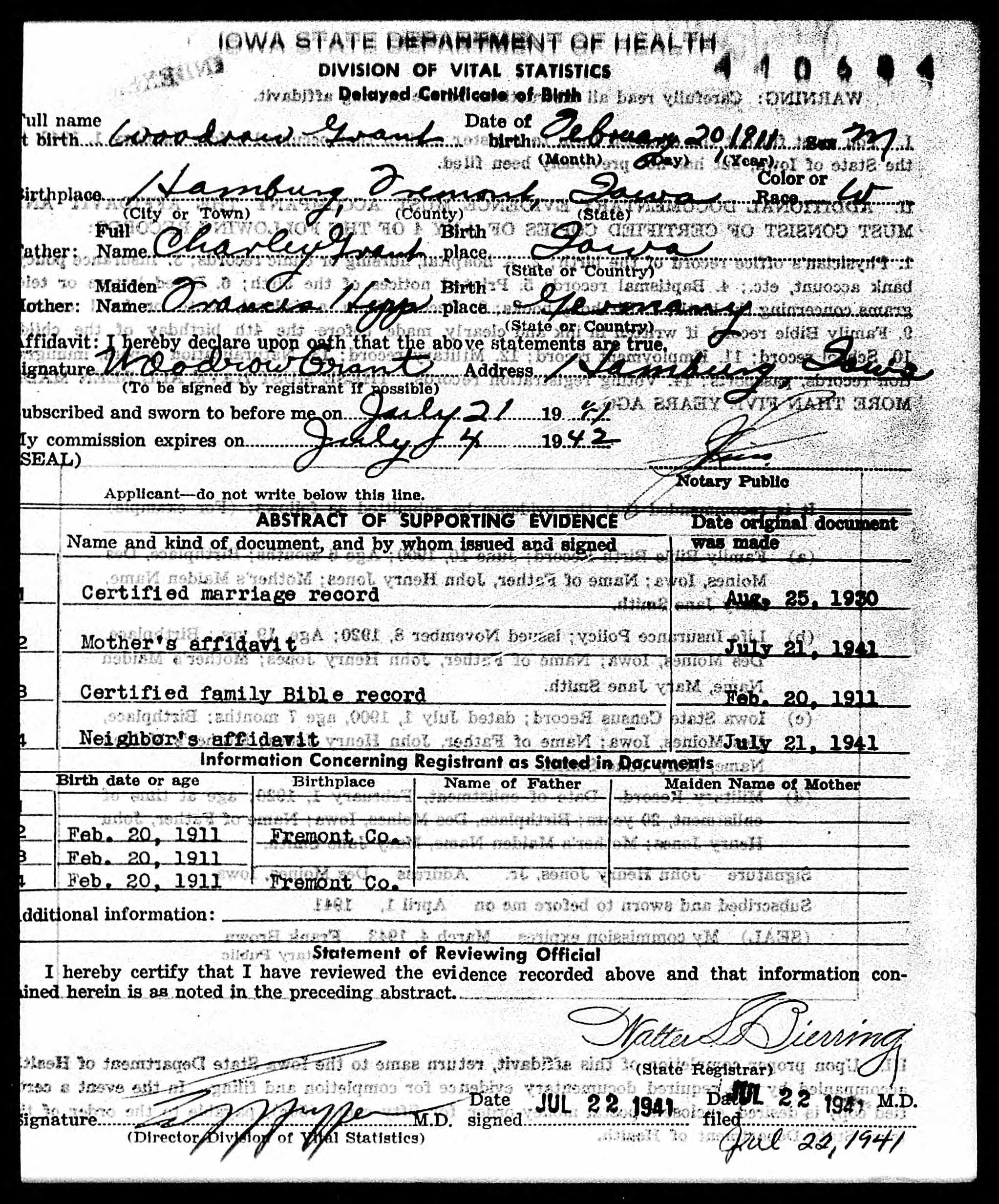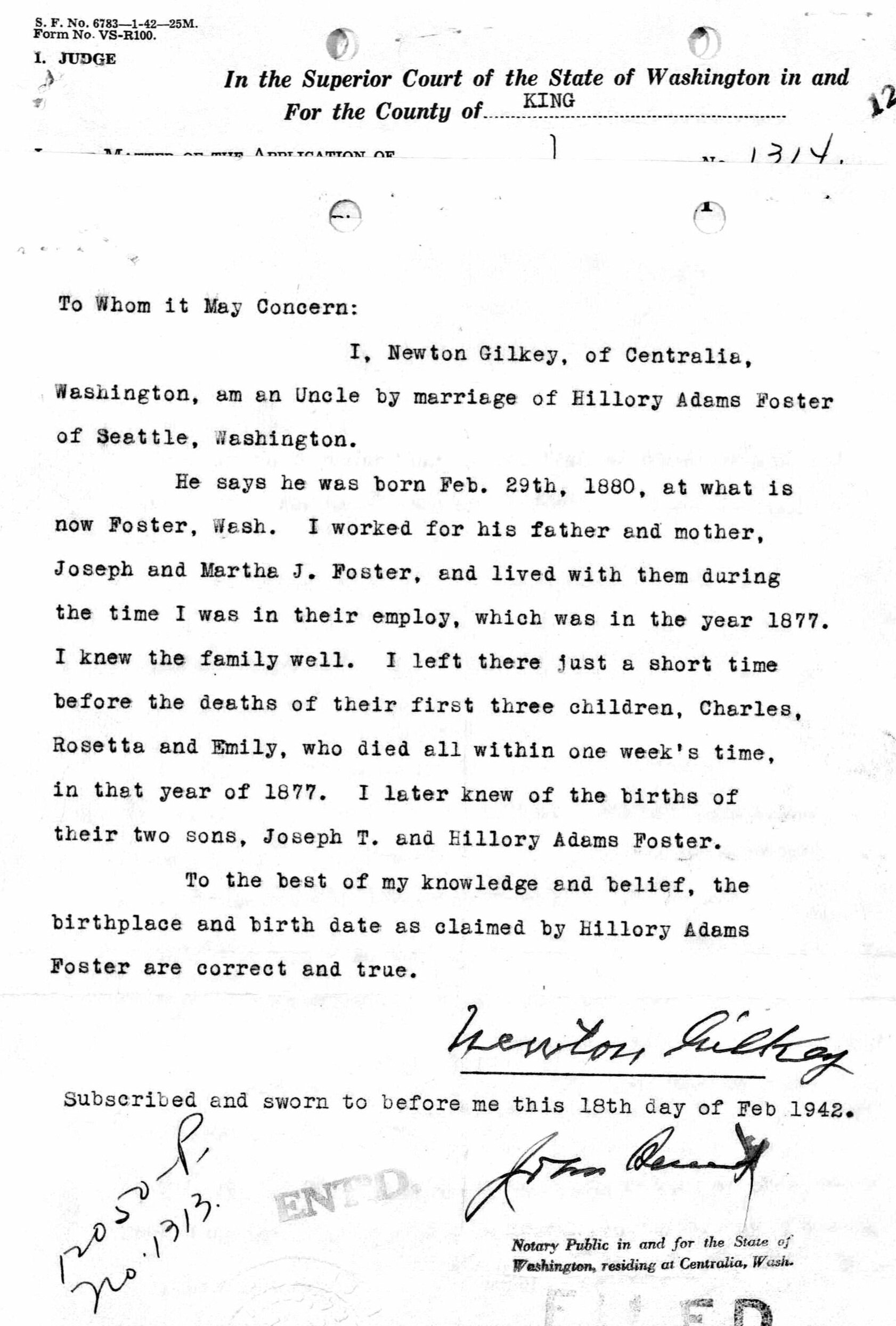Why Delayed Birth Certificates Are Awesome For Your Genealogy Research
*This post may have affiliate links, which means I may receive commissions if you choose to purchase through links I provide (at no extra cost to you). All opinions remain my own.
In this post
Why people filed for delayed birth certificates
If one of your family members applied for a delayed birth certificate, you may be in for a real treat.
This is because people applying for these had to prove their identity with other documents, like affidavits from family.
More records mean more clues and information.
But let’s back up a minute.
What is a delayed birth certificate? These are created when a birth wasn’t registered when someone was born and is filed with the state at a later time.
Other posts you may like:
How To Add More Details To Your Family Tree With Passport Applications
How to Organize Your Genealogy Files With Binders
How the Digital Public Library of America Can Power Up Your Genealogy Research
Why people filed births late
Why would someone file a birth years later?
As you may know, different states began registrations of births at different times. For example, Nevada began registrations in 1911. And even then, it took a while for full compliance, so not every birth was registered.
This later became a problem when someone needed proof of their birth to apply for things like passports, social security, or pension benefits.
My grandmother registered for a delayed certificate when she was about 25 years old. She’s not around for me to ask why she did, but I’m guessing her parents didn’t report her birth and she needed proof for work and social security.
Other posts you may like:
31 Family History Interview Questions to Bring Out Their Memories
5 Things to Look For in Probate Records to Help Trace Your Ancestors
Why Using City Directories Is Good For Your Genealogy Research
Why delayed birth certificates are great for genealogy
If your family member has a late registration of birth, you may learn even more about them than a regular birth record.
These include vital data such as when and where someone was born, and their parents’ names and birthplaces, like most birth records.
But when filing, people had to prove they were who they said they were.
This meant submitting things like bible records, church records, or affidavits from family or others who were around at the time of the birth. There may also be birth certificates of their children, pointing you towards records for the kids. School records, voting registrations, and all sorts of other documents could also be given.
Image source: Ancestry
This record shows the applicant provided a certified marriage record, affidavits from his mother and a neighbor, and a certified family bible record.
The documents given as proof can then become a checklist for your next steps to research!
But besides these key pieces of information, these documents can also include a variety of other details.
My grandmother’s had a photo and a physical description. I got to see her in her victory roll hairdo – one of only two photos I have of her as a young woman! It also noted where she was living at the time, which was helpful as it was in 1943, after the census.
The applications can also give you more information about the parents beyond when and where they were born. They can note current addresses, that a parent had died, and their age at death. They may even tell you where the parents were buried.
Sometimes the affidavits tell you not only about the facts around the person’s birth, but other family stories.
This affidavit shares the sad story of a couple who lost three kids in one week. Given that it happened in the 1870s, this may be the only place you’d come across this knowledge.
Image source: FamilySearch
These records can sometimes give you so much more than certificates filed at the time of birth.
Other posts you may like:
Why Local History Books Are More Important Than You Think For Genealogy
Resources for late birth registration records
These records can be found both online and in repositories.
Ancestry has several collections of these records. FamilySearch is also a good place to look.
Local genealogical societies or state archives may also have copies, depending on the time period. Some genealogical societies have published books with these records, like this one for Sonoma County, California.
In some cases, you may need to request copies from the local jurisdiction, like other vital records. They could also be in the court system rather than the county clerk.
Final thoughts
Delayed birth records can have a wealth of information, beyond other birth records. You may uncover not only when and where your ancestor was born, but where their parents were buried or copies of family bibles. You may even bring to light photos or stories.




